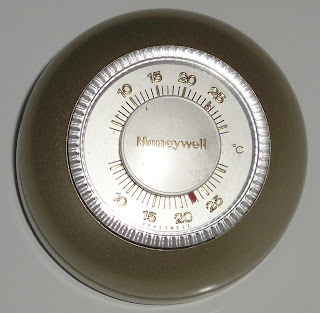When people think about ergonomics the first thing that typically comes to mind is a person sitting at their desk working on the computer; how the chair, keyboard and mouse work with the person. Ergonomics are not just for the office but for every day objects as well.
Bus stops are a perfect environment for ergonomics because many people use them, they can be put in different places and can have many uses. The 5 elements that characterize ergonomic studies are safety, comfort, ease of use, performance and aesthetics. The safety of any bus stop can incorporate the surrounding area, the space the bus stop creates and how the pedestrians feel at the bus stop. This is an example of a bus stop that does not incorporate safety.
Lighting, seating and covering are elements that can be part of the safety of a bus stop. If there is adequate lighting, seating and a “shelter” such as image below the bus stop can be considered safe. Another component is the proximity to the moving traffic. If the bus stop is right along a very busy multi-lane street it may not be a safe environment for everyone. Adding a vegetation barrier from the bus stop to the moving cars would help make it safer.

Along with safety comes comfort. How comfortable do the pedestrians feel while at the bus stop? This can be many emotions such as happiness, comfort, and perceived safety. The comfort is driven by how safe the person is and how safe they feel within the bus stop. Comfort also takes into account the comfort in using the area. If the bus stop is not actually comfortable to sit in then people are less likely to use it. If the bus stop is constantly dirty, smells or doesn’t have shade cover then it is less desirable.
Ease of use will determine if the bus stop is accessible for all different types of users. This means that it has to be accessible for youth, teenagers, adults, families, elderly and people with limited mobility. Ease of use doesn’t just incorporate the bus stop but also how easy it is to get to the bus stop from the surrounding area. Are there stairs and no ramp? Is there a crosswalk so people from the adjacent side of the street can get to the bus stop? If there is a slope to the streets is it accessible for people in wheelchairs? All of these factors need to be considered when looking at the ease of use.
Performance for a bus stop is not the biggest aspect to look at because the bus stop doesn’t perform in the common context of ergonomics. The performance of the bus stop pretty much is the use. Do people of all types use the bus stop? If so then the performance of the bus stop is good.

Aesthetics can determine if the bus stop will be used or not. Bus stops have the opportunity to entice people into using the alternative transportation by how they look. This bus stop has character and makes the people want to use the bus. Aesthetically all bus stops can have different qualities which can make them work better. Some very strong bus stops are ones that incorporate art, and the community that they are placed in. If each bus stop were designed by a local artist and specific to the area it would bring the community together. Doing this would make it so that it is not just a bus stop but also a community art piece. This takes the aesthetics to a whole new level. The aesthetic aspect of ergonomics really depends on what the item is, where it will be and who will be using it.
Safety, comfort, ease of use, performance and aesthetics are all part of ergonomics and can be applied to everyday objects such as a bus stop. What you incorporate into the ergonomics can affect many people or just one.











